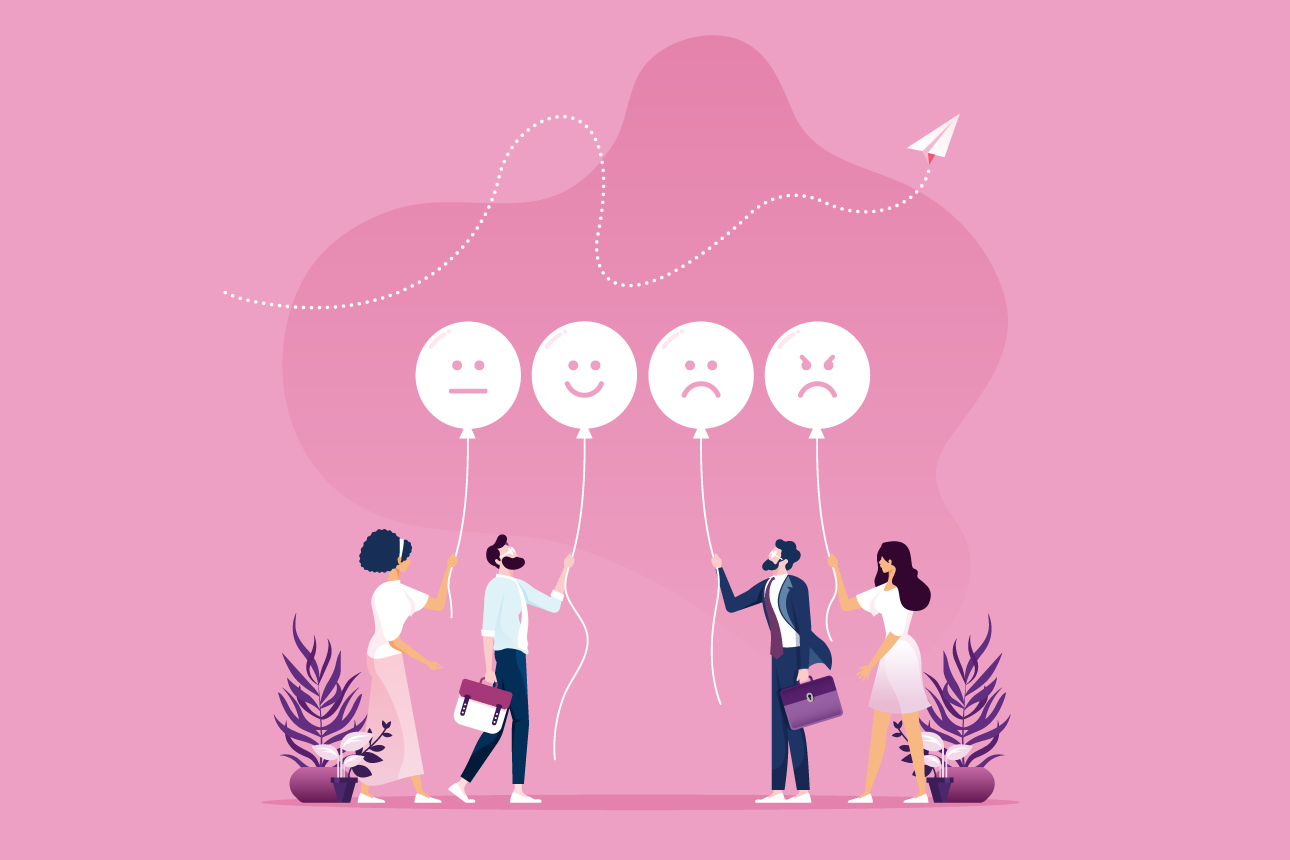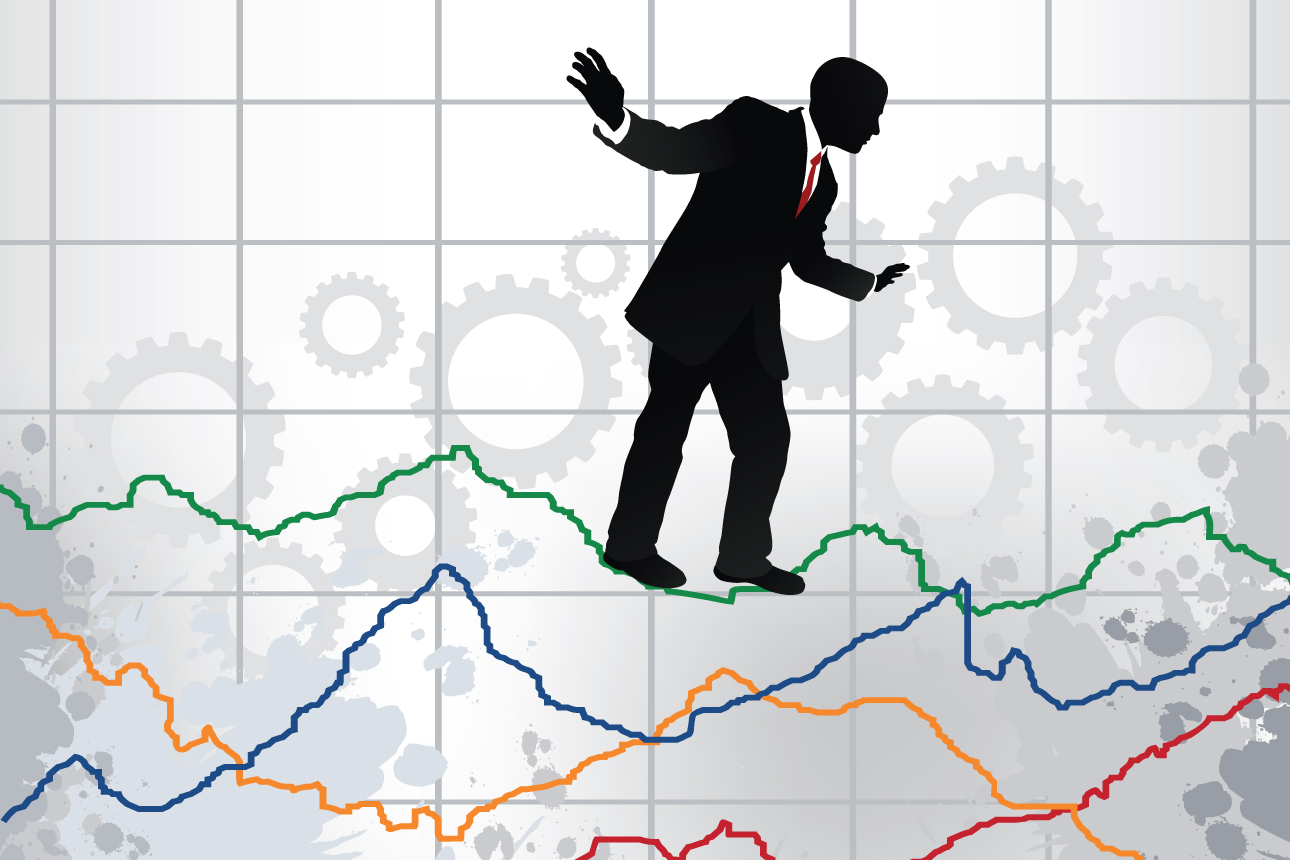
As we move through the emerging reality of the coronavirus, what have we learned that will help organizations navigate the coming months?
I’ve been following the experiences of four companies — Tata Consultancy Services (TCS), Vodafone, Arup, and Artemis Connection — over the past several months. Each is facing big unknowns. None of the leaders of these companies believes they have all the answers yet; all describe their organizations as being in motion.
While each company’s experience is unique, common themes are emerging that are proving crucial to their journeys: the importance of project management; the need to embrace trial and error; the floating of big, long-term questions; and an excitement to build on the upsides of this moment. Here, I illustrate the four themes through the lens of these companies.
Get Project Management Basics in Place
In each of the companies I’ve been talking with, embedded and non-negotiable project management practices have been key to navigating the initial pivot to virtual workplaces. These practices were subsequently embellished and tweaked for an emerging COVID-19 reality, but the basic architecture of commitments was crucial.
The technology company Tata Consultancy Services (TCS), headquartered in Mumbai, has spent almost a decade building and refining a series of virtual platforms that enable employees to work collaboratively outside of the traditional office. For its staff, transitioning to a more fully virtual work life has meant expanding its established best practices.
Ramkumar Chandrasekaran, TCS’s human resources director for the U.K. and Ireland, told me how they utilize at least 10 different project management action practices. For instance, live dashboards are shared across locations that track the progress of assigned work, share the outcomes of key deliverables, establish whether projects are on schedule, and create a platform for teams to identify and take action on short-term fixes. Teams also often start each day with short (no more than 15 minutes) meetings to discuss what worked and didn’t the day before, and to identify priorities for the coming day.
Dashboards and daily check-in meetings aren’t groundbreaking tools, and indeed they could be found in any textbook on managing virtual projects. The real lesson here is the crucial importance of companywide embedding of and commitment to using these techniques.
Embrace Trial and Error to Manage Challenges
It is becoming increasingly clear that there is no obvious end state for what it means to operate in the age of COVID-19. Instead, there are big, new unknowns to be acknowledged and tackled. As a result, across all four companies, there has been an emphasis on trial and error, listening deeply to the market and to employees, and making constant adjustments.
Back in March, Vodafone, a U.K.-based telecom company, pivoted in less than a week from a primarily office-based employee group to a home-based workforce. Anne Sheenan, director of Vodafone Business U.K., said that one of the biggest early pain points were social connections, which began to fray during the lockdown. Employees missed the sociability and serendipitous interactions of the office environment.
So Sheenan began experimenting with an informal program called “Sandwich with Anne.” Twice a week, she invites for lunch 12 employees from different areas of the company — for instance, marketing and digital. “We send each invite a sandwich lunch at their home address, then around 1 p.m., we sit down for a virtual lunch and talk for about an hour,” she told me. Her goal is to break barriers by being open and removing any intimidation about meeting with her.
The meetings help people to establish new connections beyond their immediate circle. Other leaders within the organization have started to do the same, and the plan is to keep the lunches going at least through the summer.
It could well be that initiatives like this one have relatively short shelf lives. But that’s not the point. The crucial aspect is to be on the lookout for what’s necessary and to continually fine-tune your responses.
Explore the Hard Questions That Affect Your Future
All the leaders I’ve been speaking with are in situations of extraordinary complexity and ambiguity. They cannot yet know what all the right answers will be for the future. But they can begin to identify the right questions. These are questions that probably can’t be answered yet, but for which an answer will emerge.
For Arup, a core and currently unanswerable question is, “What is space for?” Based in London, Arup is a global engineering design company that traditionally has created collaborative offices and some of the most iconic public spaces across the world, including Apple Park in California, the Singapore Sports Hub in Kallang, and the Sydney Opera House. Not surprisingly, the pandemic is making Arup face profound questions about its purpose and practices.
Like most companies, Arup is grappling with the current paradox of remote working — that few people are looking forward to getting back to working continuously in an office, but few want to work continuously at home.
In a webinar I hosted in June with Jenni Emery, Arup’s global people and culture leader, we talked about the need for new strategies for building collaboration and innovation now that face-to-face meetings and serendipitous encounters are no longer a given. Early in March, Arup explored this question by launching a worldwide conversation about how the company could prepare for the future. The #allears initiative was an online, facilitated conversation than brought together more than 4,000 “Arupians” over a three-day period. It gave people the chance to begin to float innovative ideas while keeping in mind the importance of being intentional and considered. At the same time, the company began running virtual consultations with their stakeholders around reimagining cities and public spaces.
For Emery, one of the key issues in exploring hard questions like “what is an office for?” is acknowledging and balancing the significant tension between the near term and the long term. Right now, any ideas about what an office is for has to be seen through the lens of current health and safety restrictions. Yet in the longer term, answers will inevitably focus on building new, creative ways to reimagine office space.
The insight for Arup, and the lesson for other leaders, is acknowledging that while some answers will be interim, it is those who build for the longer term that will offer a significant opportunity for reinvention.
Build On the Upsides
Less than a year into the pandemic, most companies are still in a state that experts in change management sometimes call “unfreeze”: Practices that had previously created solid business processes and structural architecture have thawed. The next phase of change — the “refreeze” step — will be when new crystals metaphorically begin to form around the new systems and routines.
It’s clear that many employees and companies don’t want to go back to the old order. But for a new order and ways of working to emerge, the upside of these new ways of working have to be understood and embraced. Simply put: If people don’t see the upside of the future state, they will hanker after the past.
Artemis Connection, a small strategy consultancy in the Seattle area, is an interesting case study because the business was “born virtual” in 2015, and some of its employees have never met other colleagues face-to-face. Founder and CEO Christy Johnson told me that she learned early on to make the upsides of virtual working crystal clear. Many Artemis employees joined from bigger companies because, while they loved consulting work, they hated the inflexibility of hours. So in building a virtual organization, one of the foundations for Johnson was emphasizing the upside of flexibility: “We tell people, ‘We believe in work-life integration, and you will have a chance to have more control over the pace of work and how you sequence it.’” Her own personal style, for instance, is to do her thinking work in the early morning, so she structures her schedule to keep that part of the day open.
Across the organization, this flexibility is made possible by planning work in cycles of 15- to 20-hour blocks of time. This forms the framework of both client projects and individual time commitments. “For example, if we are scoping a project like writing a weekly intelligence brief, we might calculate it’s roughly 60 hours of work a week,” said Johnson. “That’s four blocks, so we either need two people who can do two blocks, or four who will do one.”
The upside of time flexibility has made a real difference to the lives of employees, many of whom have flourished by developing significant involvement with their community and in social issues. As critical, Johnson says, is that they’ve also been able to transition to the challenges presented by COVID-19 stay-at-home orders (and work-from-home choices) more easily than companies where flexibility was not already baked into the culture.
The Pandemic’s Lessons for Managing Uncertainty







